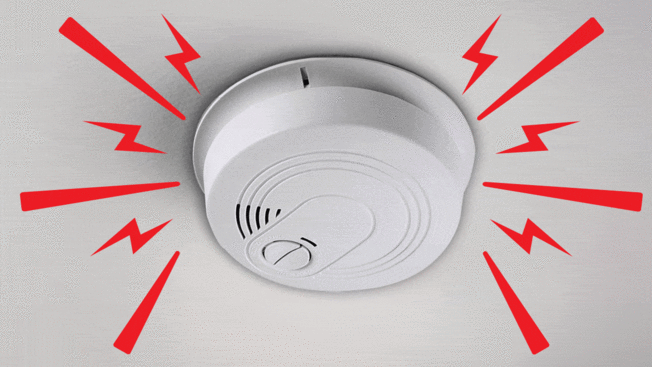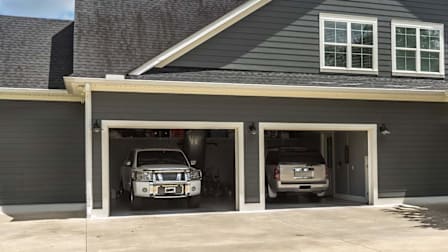How to Reset a Smoke Alarm That Won't Stop
Plus, Consumer Reports' top picks if you need a replacement
When you shop through retailer links on our site, we may earn affiliate commissions. 100% of the fees we collect are used to support our nonprofit mission. Learn more.

Always assume a sounding smoke alarm means there’s a fire and you should get to safety as quickly as possible.
But what do you do when it’s a false alarm that doesn’t stop? A scenario like that can be caused by dust, humidity, electrical malfunctions, and even spiders crawling inside the device, says Bernie Deitrick, a senior test engineer at CR.
To fix the problem, you may need to understand how the alarm operates. Your approach will vary based on the type of power the alarm uses:
- Replaceable batteries
- Long-life lithium batteries
- 120-volt hardwiring (with batteries as a backup power source)
Top-Rated Smoke Alarms From CR's Tests
Here are top-performing smoke alarms, including hardwired and battery-powered options, plus one combination smoke and carbon monoxide alarm from our lab tests.
































































